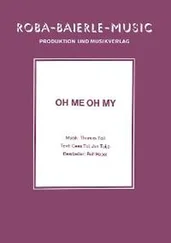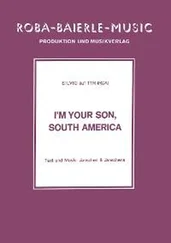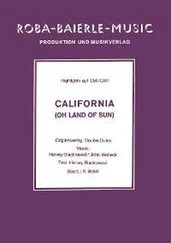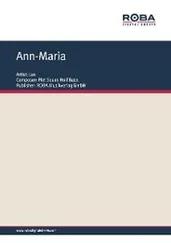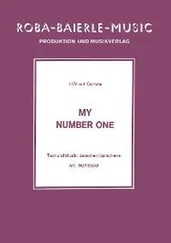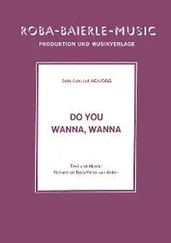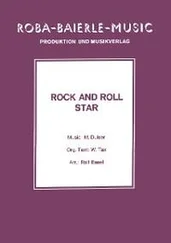to the north-west of the region (commune of Figeac – Cheval Blanc). The soils at
the foot of these slopes (Pied de Côtes) consist of clay, sand and gravel. Merlot
(around 60%) is supplemented by Cabernet Franc and a little Cabernet Sauvi-
gnon. Specific locations have a signi
fi
cant impact on the style: subtle and excep-
tionally elegant but with good aging potential (plateau), lively and dense medi-
um-bodied wines (slopes and lowlands), particularly fruity with character and
finesse (Figeac), characterised by woody notes and rich in extract in the style of
a Bolgheri (modernists), or compact and sharp (lowlands along the Dordogne).
Pomerol
800 hectares of vines I 150 winemakers I 4 million bottles a year
Pomerol, an oval four kilometres long and three kilometres wide on the right
banks of the Garonne and Dordogne, is the smallest of the large Bordeaux ap-
pellations in terms of size. The best ferrous loam soils with varying proportions
of clay and gravel can be found on the ‘plateau' around the church. In the west
towards the Isle – the Gironde's third river – the soils contain clay and sand and
produce lighter wines. In the east, Pomerol adjoins the vineyards of Saint-Emil-
ion (Figeac and Cheval Blanc estates). Merlot is the main variety at 80% and
produces elegant, velvety, full-bodied yet smooth wines.
Fronsac / Canon-Fronsac
1,100 hectares of vines I 150 producers I Around 8 million bottles a year
These two neighbouring appellations stand on a horseshoe-shaped chain of
hills between the Dordogne and the Isle, at a somewhat higher altitude than
those in Pomerol and Saint-Emilion in a relatively windy location, which has a
major impact on the maturation process and style of wine. Only a few winemak-
ers, mostly members of the Expression de Fronsac cooperative, produce great
wines. Clay over molasse and limestone soils, around 80% of which are planted
with Merlot, produce the most ‘Italian' of all the Bordeaux wines with angular
yet also astonishingly fresh tannins, offering extract and high levels of alcohol
which ensure long aging in the best examples.


The best wine bars,
restaurants, hotels
and other selected
addresses for visitors
to Bordeaux
Beginning on page 274
58
MapPessac-Léognan, Graves, Sauternes, Bordeaux
Pessac-Léognan, Graves,
Sauternes, Bordeaux
5Château Bastor Lamontagne
14Château Bouscaut
18Château Brondelle
20Château Caillou
27Château Carbonnieux
33Château Climens
36Château Couhins
37Château Couhins Lurton
38Château Coutet
39Château Crabitey
44Château D‘Yquem
48Château de Fargues
50Château de Malle
51Château de Myrat
54Château de Rayne Vigneau
56Château Doisy Daëne
57Château Doisy Védrines
66Château Filhot
73Château Gilette
81Château Guiraud
83Château Haut Bailly
86Château Haut-Brion
99Château La Mission Haut-Brion
100Château La Mission
Haut-Brion / Laville Haut-Brion
102Château La Tour Blanche
107Château Lafaurie-Peyraguey
112Château Lamothe Guignard
120Château Latour Martillac
126Château Les Carmes Haut-Brion
130Château Malartic Lagravière
143Château Nairac
145Château Olivier
148Château Pape Clément
163Château Rabaud Promis
164Château Rahoul
167Château Raymond-Lafon
168Château Respide Medeville
169Château Rieussec
171Château Seguin
172Château Sigalas Rabaud
174Château Smith Haut Lafitte
177Château Suduiraut
180Château Thieuley
190Clos Floridene
192Clos Haut Peyraguey
197Dourthe N° 1
The next six pages list all of the chateaus portrayed in this book. They are
divided into the three main areas (south Bordeaux, Médoc, right bank) and
listed in alphabetical order: the number represents the page on which the
full description can be found.

w
w
w
w
w
w
w
w
73
w
w
w
w
F
F
FF
F
F
F
F
F
F
F
F
F
F
F
F
3
1
F
F
F
5
F
F
F
F
F
F
F
F
FF
F
F
F
F
F
F
F
F
F
F
F
F
F
F
F
F
F
[
[
[[
[
[
14
5
18
20
27
33
36
38
39
44
37
48
50
51
54
56
56
57
66
81
8
86
99
100
102
107
112
120
126
130
143
14
148
163
164
167
168
169
171
172
74
177
180
190
192
197
Grave
Ba
l
l
ion
C
i
r
o
n
Bri
on
H
u
r
e
O
r
i
g
n
e
GatM
o
r
t
Tursan
B
a
r
b
ou
Читать дальше




